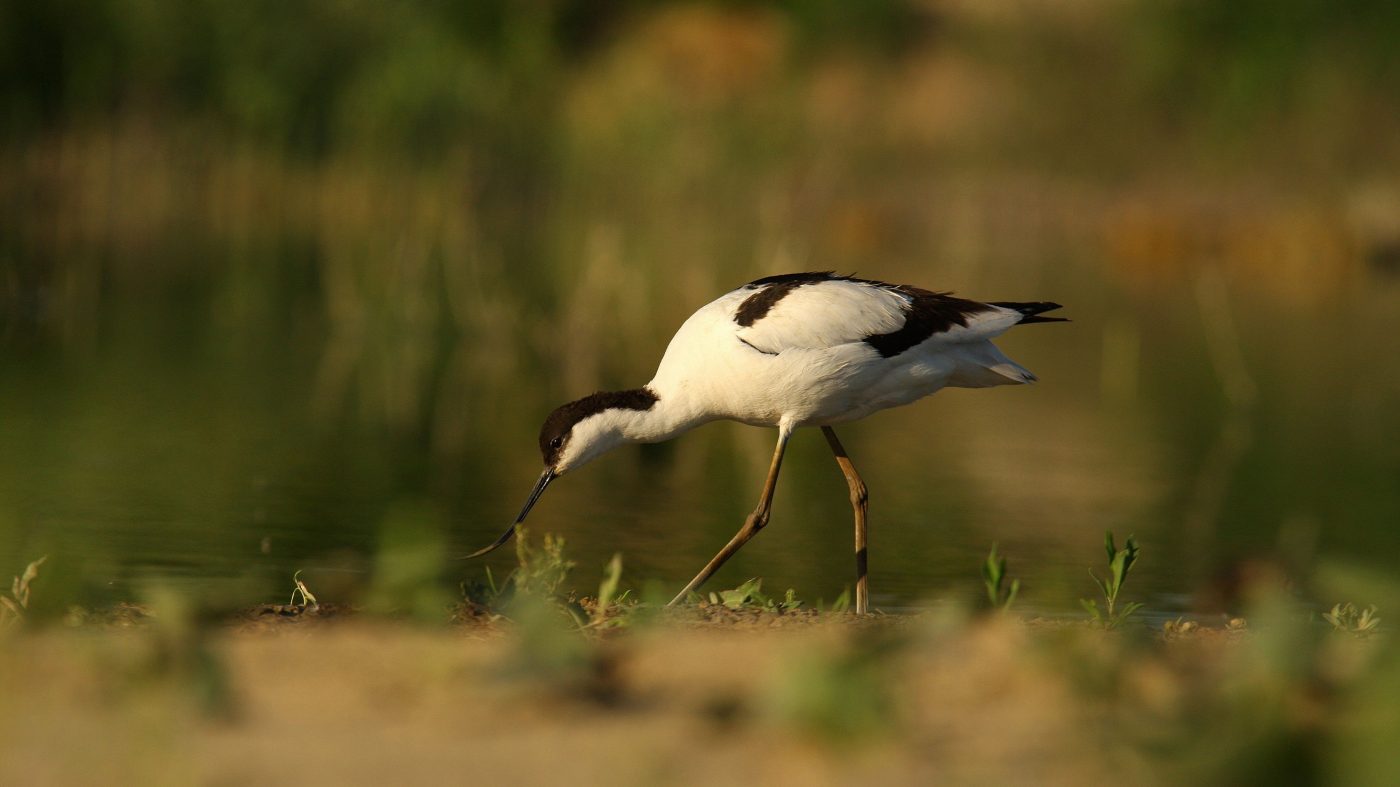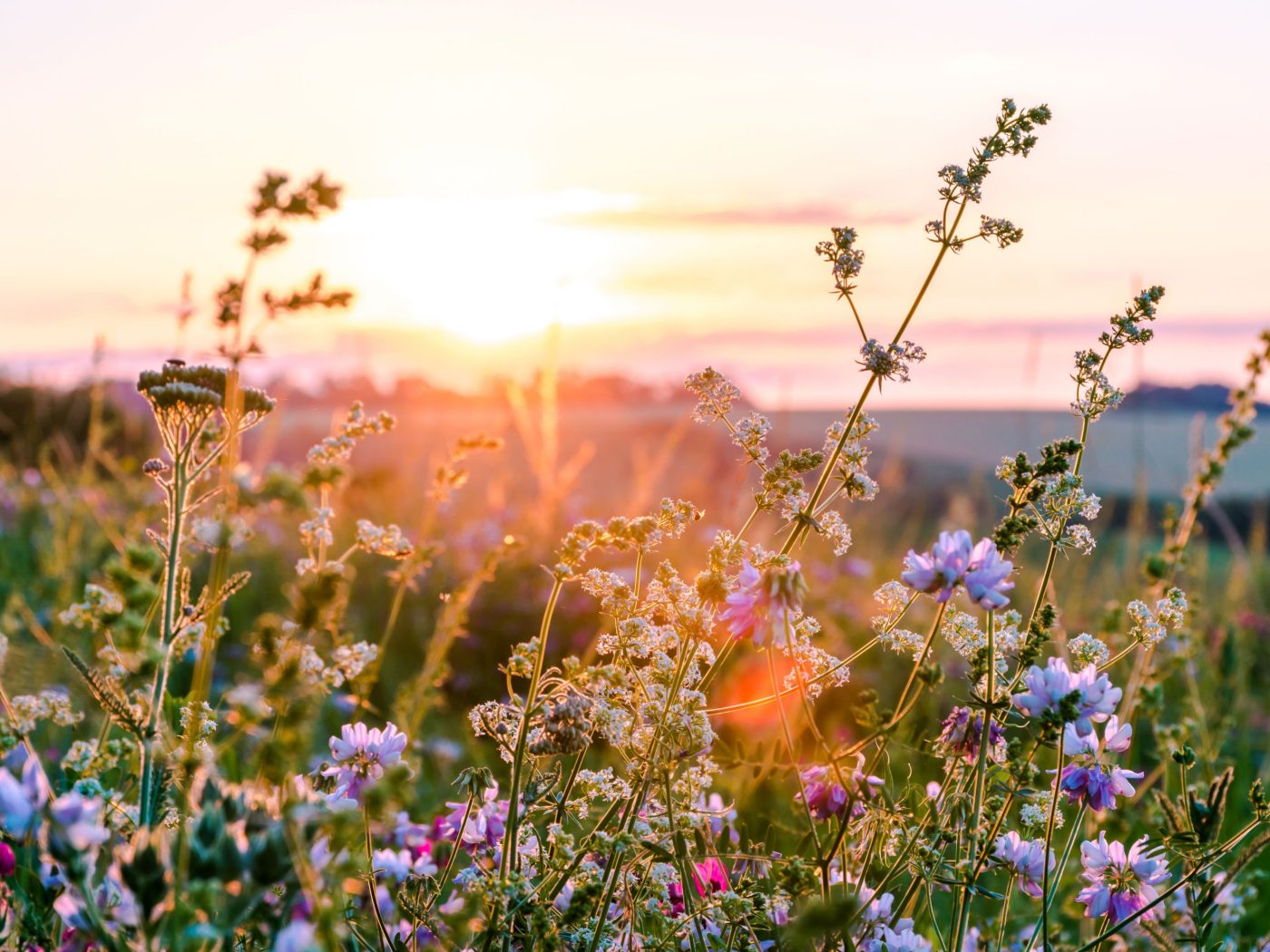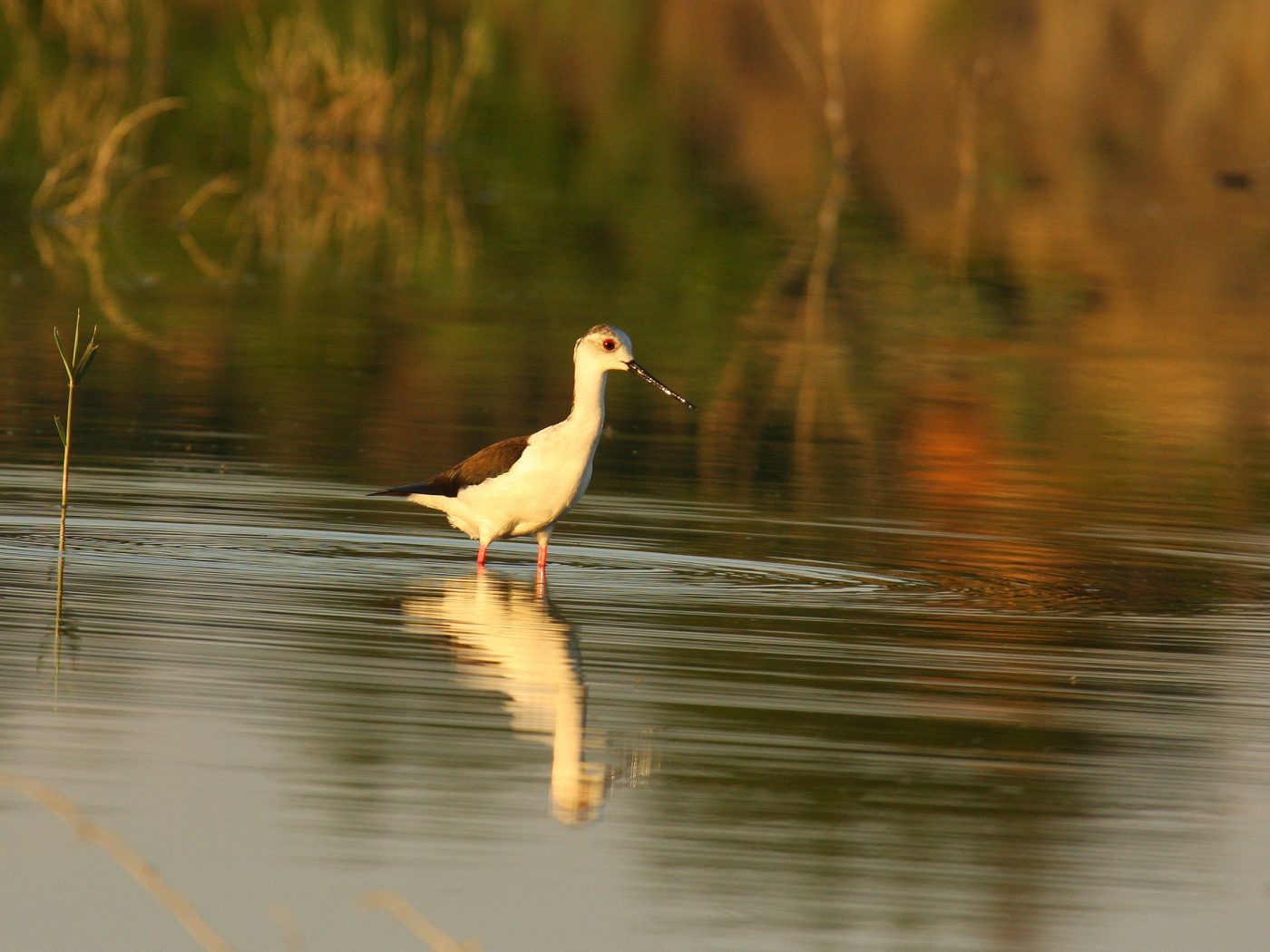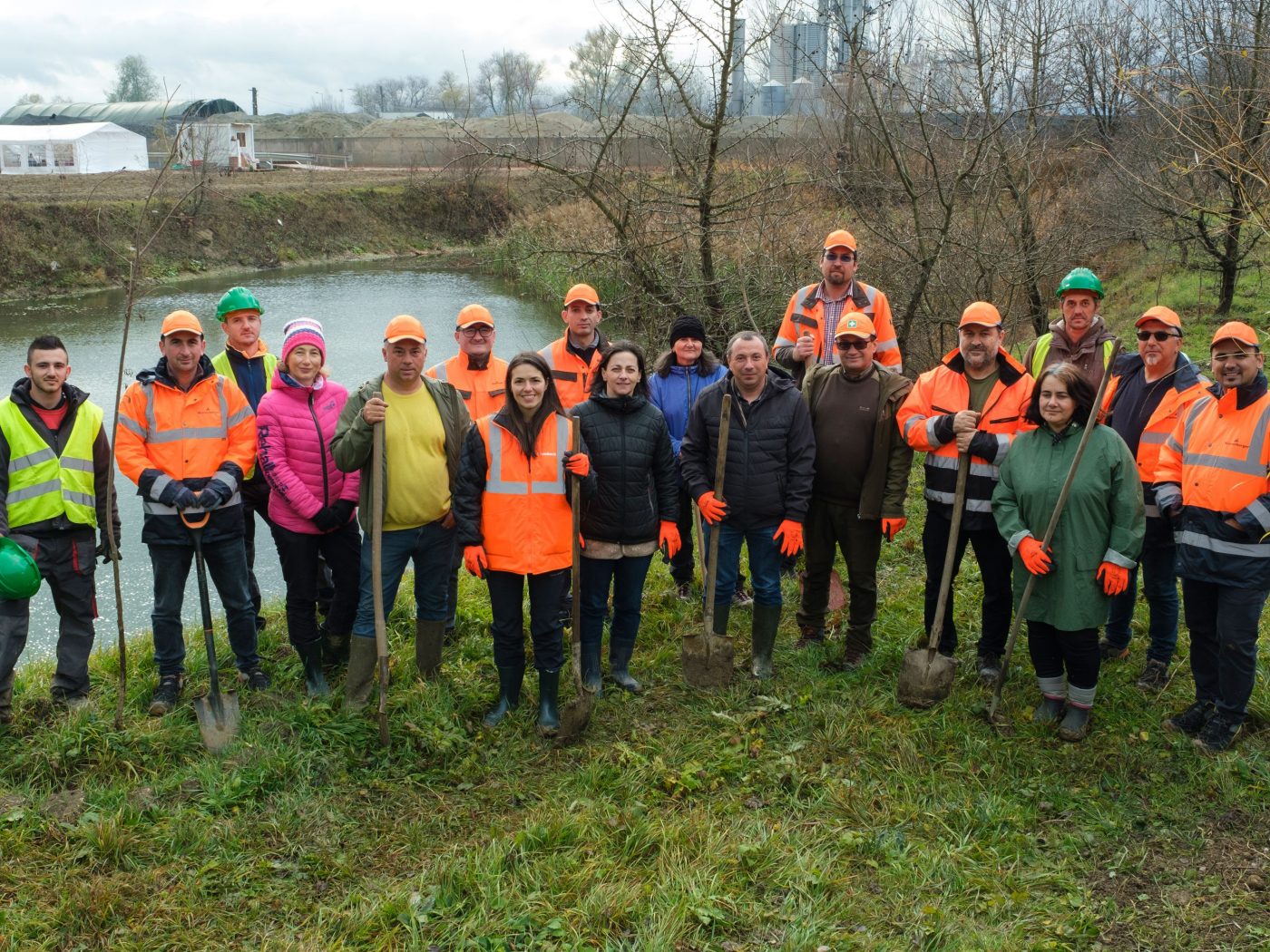 © Wienerberger Hungary
© Wienerberger Hungary
Biodiversity: wienerberger for nature positivity
Climate change, pollution, agriculture: Biodiversity is rapidly declining. With its Biodiversity Program, wienerberger is fostering biodiversity worldwide.
 © Wienerberger Hungary
© Wienerberger Hungary
Climate change, pollution, agriculture: Biodiversity is rapidly declining. With its Biodiversity Program, wienerberger is fostering biodiversity worldwide.
Birds are twittering, flowers blooming, bees buzzing. Employees are enjoying the harvest of an orchard: At this wienerberger production site, the group-wide biodiversity program is already bearing fruit. Actively fostering biodiversity is an essential component of the wienerberger sustainability strategy. This is how the company contributes to the protection of nature and promotes the well-being of generations to come.
 © ArturSniezhyn/Adobe Stock
© ArturSniezhyn/Adobe Stock
Blooming meadows are an attractive habitat for endemic insects and plants.
The term biodiversity refers to the variety of life on Earth or in a particular region. It increases the resilience and adaptability of habitats. Biological diversity is the key to functioning ecosystems and the basis for fresh air, clean water, and fertile soil. By regulating the carbon cycle, it also contributes to climate protection.
According to the UN Convention on Biological Diversity, the term covers three aspects:
Environmental pollution, climate change, exploitation of resources, destruction of habitats, the introduction of invasive alien species: According to the European Environment Agency, these are some of the causes of the rapid loss of biodiversity attributable to human activity. As stated in the Global Assessment Report of the Intergovernmental Science-Policy Platform on Biodiversity and Ecosystem Services (IPBES), about one million animal and plant species are at risk of extinction. The health of ecosystems, on which living beings all over the world depend, is deteriorating faster than ever.
Swift action and a reconsideration of the relationship between human beings, nature, and the economy are needed. One possible approach is nature positivity: the preservation and restoration of nature through targeted and holistic measures. The aim is that by 2030, as compared to 2020, nature loss is to be stopped and reversed. Thus, it is hoped that nature will recover completely by 2050. In combination with initiatives such as the Sustainable Development Goals of the United Nations, this will prepare the ground for a sustainable future.
“Sustainability has always been part of wienerberger’s DNA. We are aware of our enormous responsibility for people and the planet. For example, renaturing our quarries and converting them into diverse habitats has long been a tradition with us.”
If global environmental goals are to be achieved, companies too must embark on the journey of nature positive. “Sustainability has always been part of wienerberger’s DNA. We are aware of our enormous responsibility for people and the planet. For example, renaturing our quarries and converting them into diverse habitats has long been a tradition with us,” says Rena De Mey. She is one of three project managers appointed specifically to foster biodiversity within the wienerberger Group. The world’s leading provider of building material and infrastructure solutions approaches the issue from various angles – by minimizing its own environmental impact, avoiding the use of hazardous substances, and designing special products for enhanced biological diversity.
In the wienerberger Sustainability Program the company has set a clearly defined target: By the end of 2023, individual Biodiversity Action Plans will be implemented at all production sites. "The action plans are based on our Biodiversity Program. In line with the principles of nature positivity, we are also taking up issues such as urban heat islands, water management, light pollution, and the health of our employees,” confirms Lorena Monteiro dos Santos, who is also a Project Manager for Biodiversity.
 © Wienerberger Hungary
© Wienerberger Hungary
Bird wading in a lake: wienerberger’s quarries are diverse habitats, both during and after mining.
Once the raw material has been extracted, wienerberger’s depleted quarries are recultivated and renatured where possible. In 2016, for instance, a former quarry near Békéscsaba, a Hungarian roof tile plant, was converted into a recreational area with fishing waters covering a surface of roughly 28 hectares. According to an external biodiversity expert, the lake system thus created has become a habitat extremely rich in biodiversity and particularly attractive to shorebirds. To learn more about another renaturing project in England, continue reading here: Orchard Farm: Home of the great crested newt.
Experts from Idverde elaborated a scientifically-based catalogue of over 30 concrete measures for the wienerberger Biodiversity Program. These measures will serve as building blocks for the creation of high-quality habitats at wienerberger’s more than 200 production sites. After five successful pilot projects, activities were launched across the Group. “Our aim was not merely to transform individual plants. Subject to certain adjustments, our global approach is well suited for all our 27 country organizations and over 200 production sites,” emphasizes Antonina Andreeva, the Group’s third Project Manager for Biodiversity.
The measures elaborated include insect hotels, nesting roof tiles, green roofs and facades, and ponds or hedges instead of fences. Green areas are allowed to grow and develop naturally. “The endemic flora emerging there is rich in species and provides food and habitats for birds, butterflies, reptiles, mammals and bees,” says Rena De Mey. Specially trained employees – so-called biodiversity ambassadors – regularly monitor the results.
“Our aim was not merely to transform individual plants. Subject to certain adjustments, our global approach is well suited for all our 27 country organizations and over 200 production sites”.
“Internally, our work was enthusiastically received. We therefore knew from the onset that we had to involve our colleagues,” says Lorena Monteiro dos Santos. As far as possible, wienerberger uses its own products in implementing the action plans, such as products for green walls and roofs or nesting roof tiles. The group benefits from the ideas for new or improved solutions that emerge in this “living lab”. Read more about roof tiles doubling as bird nests: Bird nest roof tiles: Additional habitat for birds in cities.
“Internally, our work was enthusiastically received. We therefore knew from the onset that we had to involve our colleagues.”
With 67 action plans elaborated for 67 production sites in 2022, wienerberger significantly outperformed its self-defined interim target of 50 action plans. For 2023, action plans for another 150 locations are to be finalized with support from Antonina Andreeva, Rena De Mey, and Lorena Monteiro dos Santos. Meanwhile, a highly motivated community has formed around the program, including enthusiastic employees, sustainability officers, and biodiversity coordinators. Cooperation with schools, local authorities, and other bodies has been launched.
 © Wienerberger Romania
© Wienerberger Romania
A group of volunteers on a naturing project: wienerberger and cooperating partners at one of many tree-planting events.
The goals for the future are clear. Further plots of land owned by wienerberger, such as forests and agricultural land, are to be made more biologically diverse. Interaction with the local communities, social dialogue, and information campaigns are to be promoted. Other actors, including companies, local authorities, and policymakers, will be encouraged to get involved. “Biodiversity concerns us all. This is why we want to make further progress by informing and motivating a wide range of stakeholders,” says Antonina Andreeva.